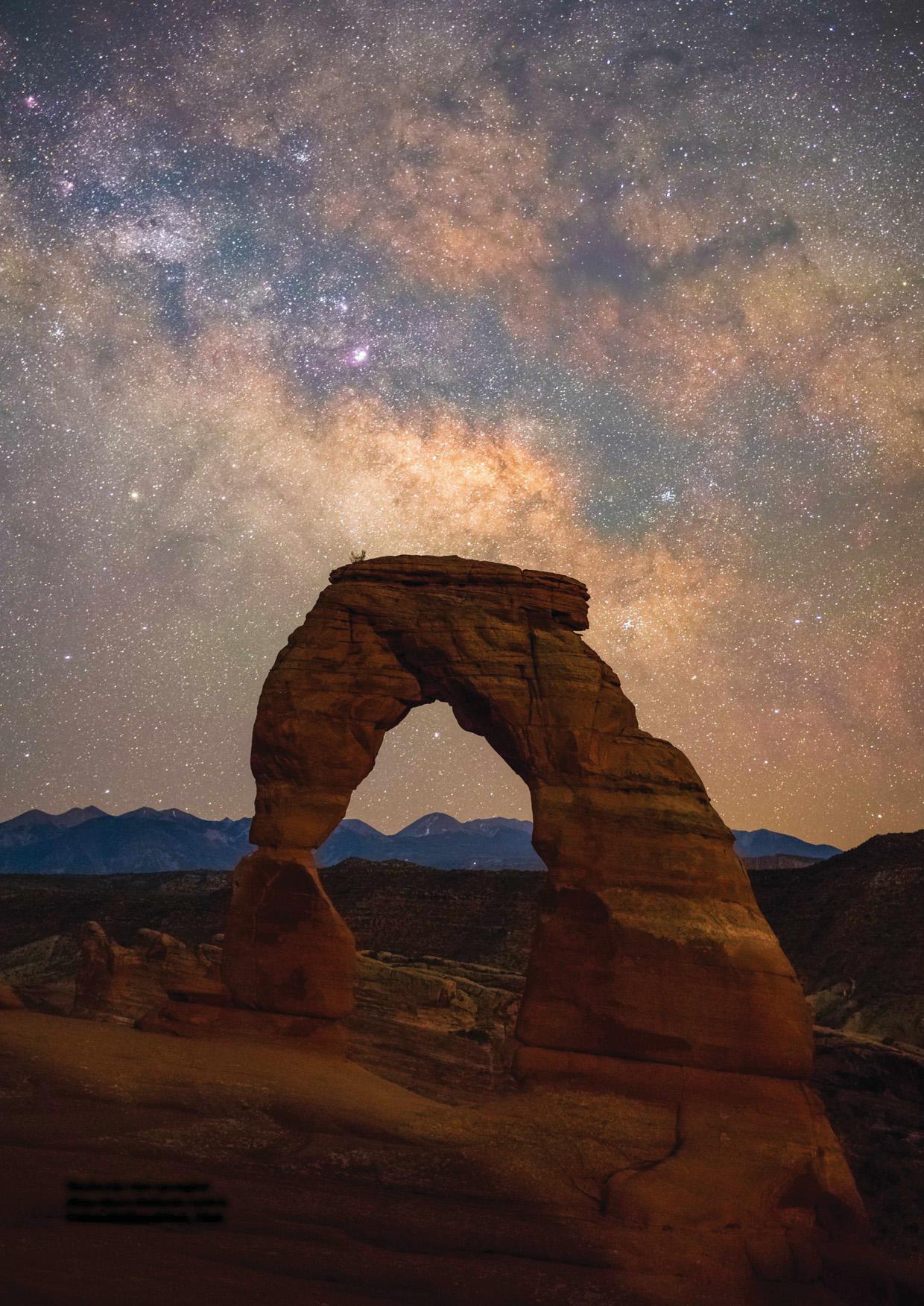
The Sun had set by the time we pulled into a parking lot just outside Moab, Utah. This is where we agreed to meet our host for an evening under the sky and, sure enough, we arrive to find a convoy of four cars waiting for us. At the front was a large station wagon with decals on it that gave away the subject of this night-time expedition: "Have telescopes, will travel!"
We followed the convoy along lonely roads before parking in La Sal Mountains Viewpoint in eastern Utah's canyonlands. The station wagon was already there. It belonged to our host, Alex Ludwig at RedRock Astronomy, who was already unloading collapsible chairs and parts of the mount for a 9.25-inch refractor.
"Let's set up by this bush - it will help reduce the wind," says Ludwig as we construct a crescent of chairs around the telescope. But I can't take my eyes off something twinkling due west across the fast-fading red rock landscape: it's Mercury - a planet I've seen only a handful of times shining brightly, barely a degree above the horizon. Above it is bright Venus and the Pleiades, Aldebaran and the stars of Orion. But there's something strange about them. They're not twinkling. They glow. We're on high ground here, about a mile up, and it shows. Utah can take your breath away in more ways than one.
Out into star country
Aside from Utah having the highest concentration of certified International Dark Sky places in the world - there are 24 spread across the state - Utah's high elevation and resulting thin air is a major reason why it's a dream dark-sky destination. The state occupies a large part of the Colorado Plateau, a high desert zone that centres on the Four Corners region of the southwestern US: Utah, Colorado, Arizona and New Mexico.
هذه القصة مأخوذة من طبعة July 2023 من BBC Sky at Night Magazine.
ابدأ النسخة التجريبية المجانية من Magzter GOLD لمدة 7 أيام للوصول إلى آلاف القصص المتميزة المنسقة وأكثر من 9,000 مجلة وصحيفة.
بالفعل مشترك ? تسجيل الدخول
هذه القصة مأخوذة من طبعة July 2023 من BBC Sky at Night Magazine.
ابدأ النسخة التجريبية المجانية من Magzter GOLD لمدة 7 أيام للوصول إلى آلاف القصص المتميزة المنسقة وأكثر من 9,000 مجلة وصحيفة.
بالفعل مشترك? تسجيل الدخول
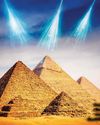
Putting cosmic rays to work
These penetrating interstellar particles have applications from astronomy to archaeology
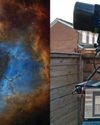
Set up your first imaging sequence
How to automate and coordinate your gear over multiple nights of imaging
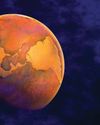
The Universe without gravity
Life with no gravity might sound a fun idea, but as Govert Schilling explains, shutting off this pivotalforce would spell disaster for Earth and beyond
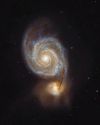
How to blend images taken with different camera setups
Combine data captured at varied focal lengths to create rich, deep images

INSIDE THE SKY AT NIGHT
Back in September 2021, The Sky at Night show spoke to Carly Howett about NASA's then upcoming Lucy mission. As the spacecraft now approaches its main targets - the Trojan asteroids - we check in with her to see how the mission is going
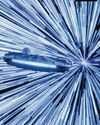
The science of SCI-FI
We love a good sci-fi film, but do they get the science right? Amy Arthur picks six of the big mistakes made in space films
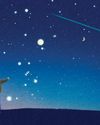
Seeing in a new light
It's National Astronomy Week this month, so take a tip from Mark Westmoquette and let mindful stargazing change your perspective on your life and problems
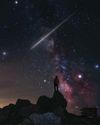
What to do if you find a meteorite
Ever come across an unusual rock and wondered if it's a meteorite? Mark McIntyre explains how to tell if that stone really is a fragment from outer space
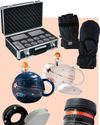
GEAR
Charlotte Daniels rounds up the latest astronomical accessories
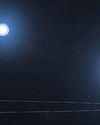
Q&A WITH A STELLAR ECLIPSE SPECIALIST
Many stars are gravitationally locked inside multi-star systems, but a rare new triple-star system has set a new record for how cosy these clusters can get